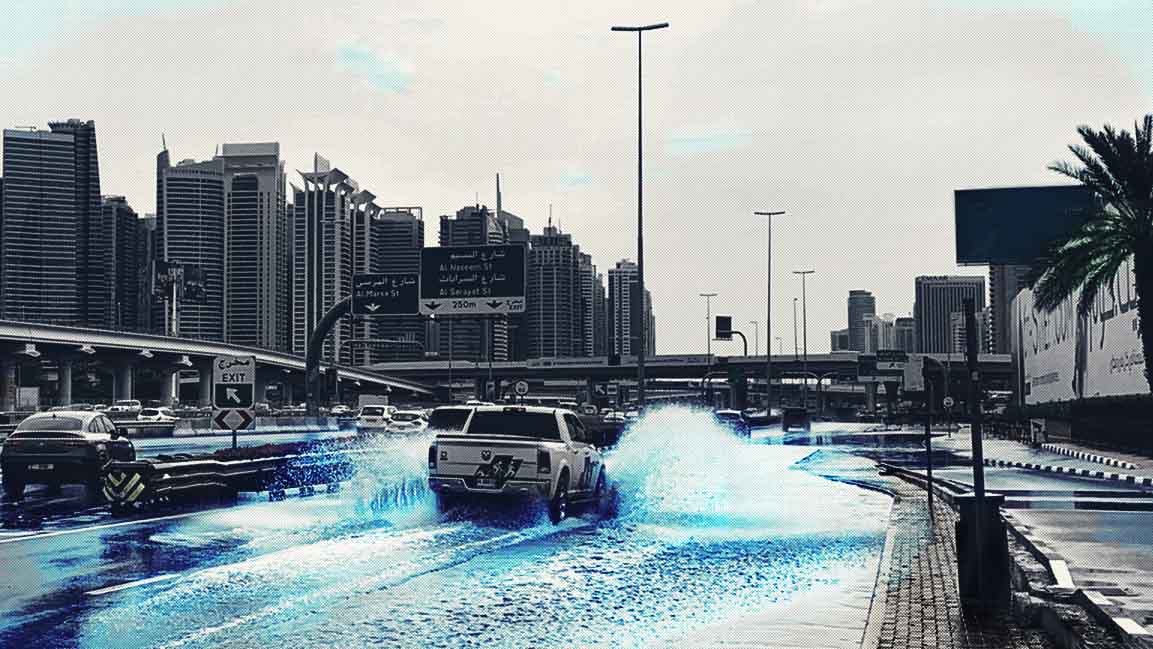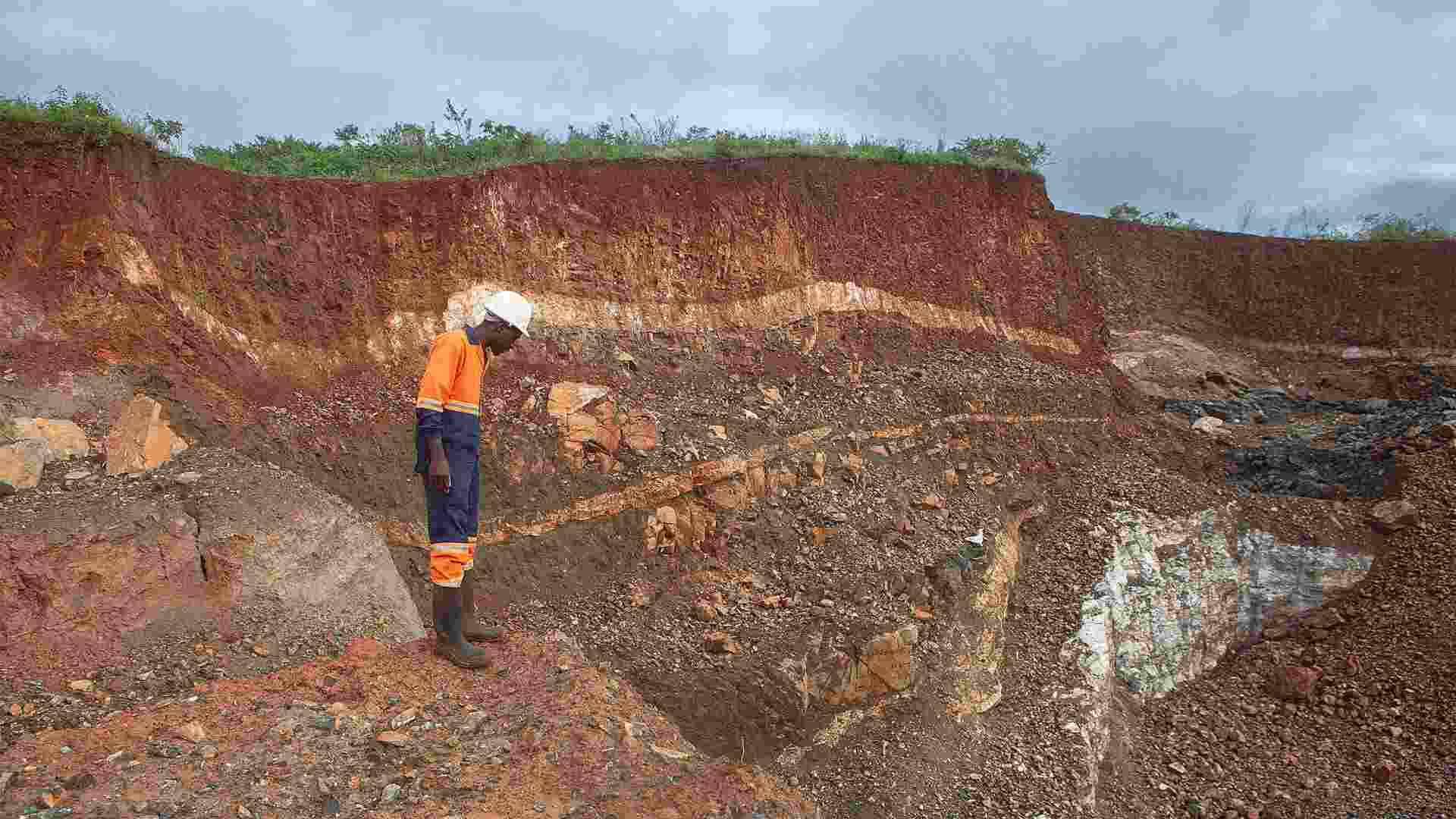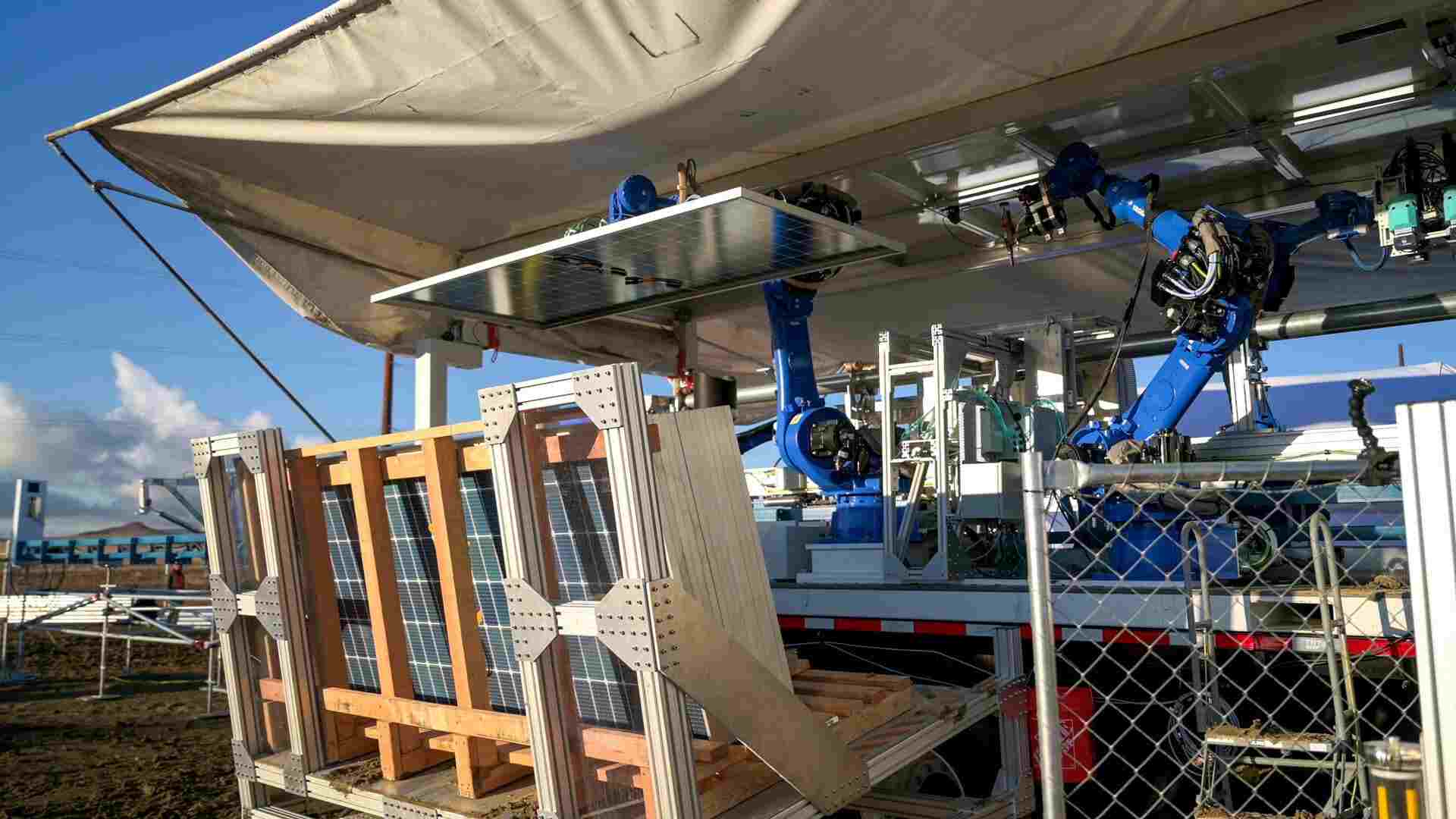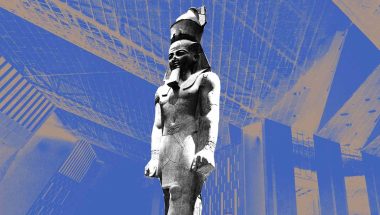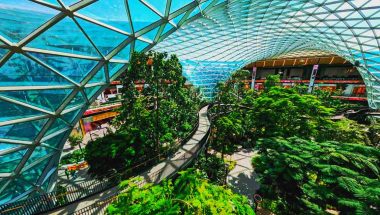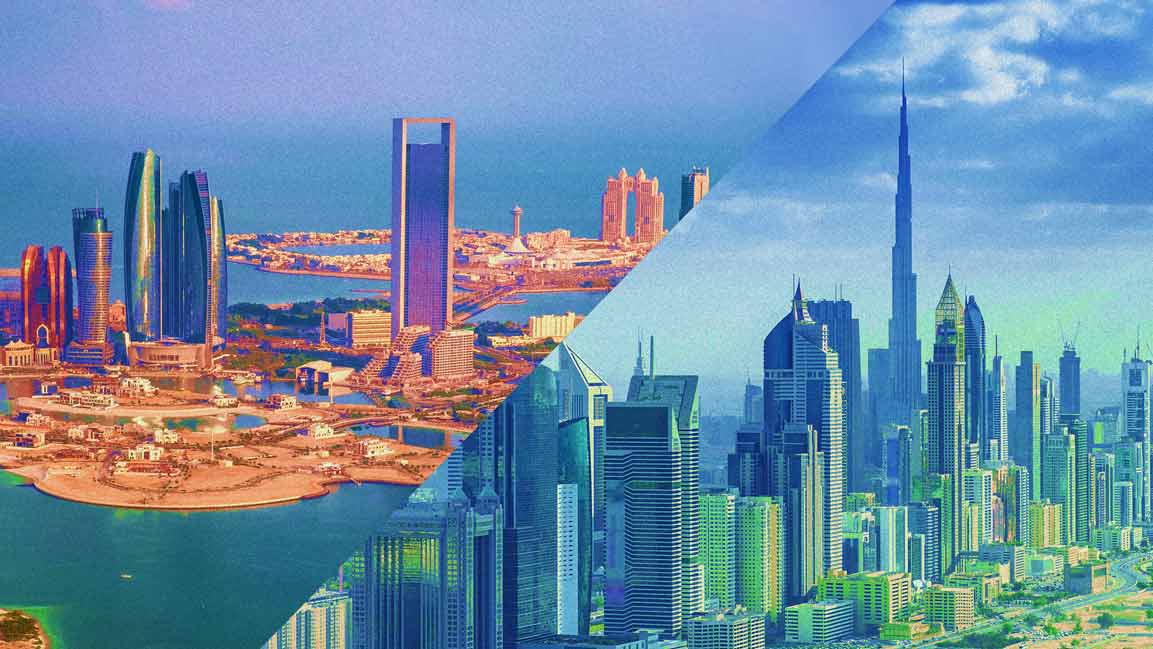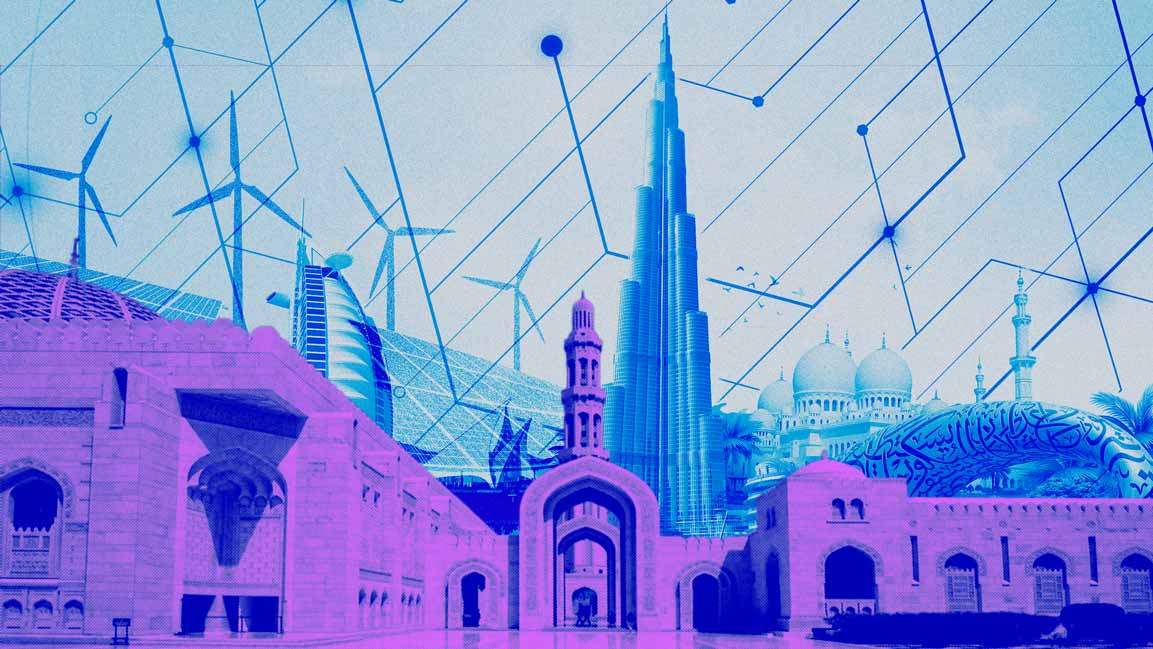- | 9:00 am
Why Dubai won’t stop after achieving the world’s most visited city status? The answer will surprise you
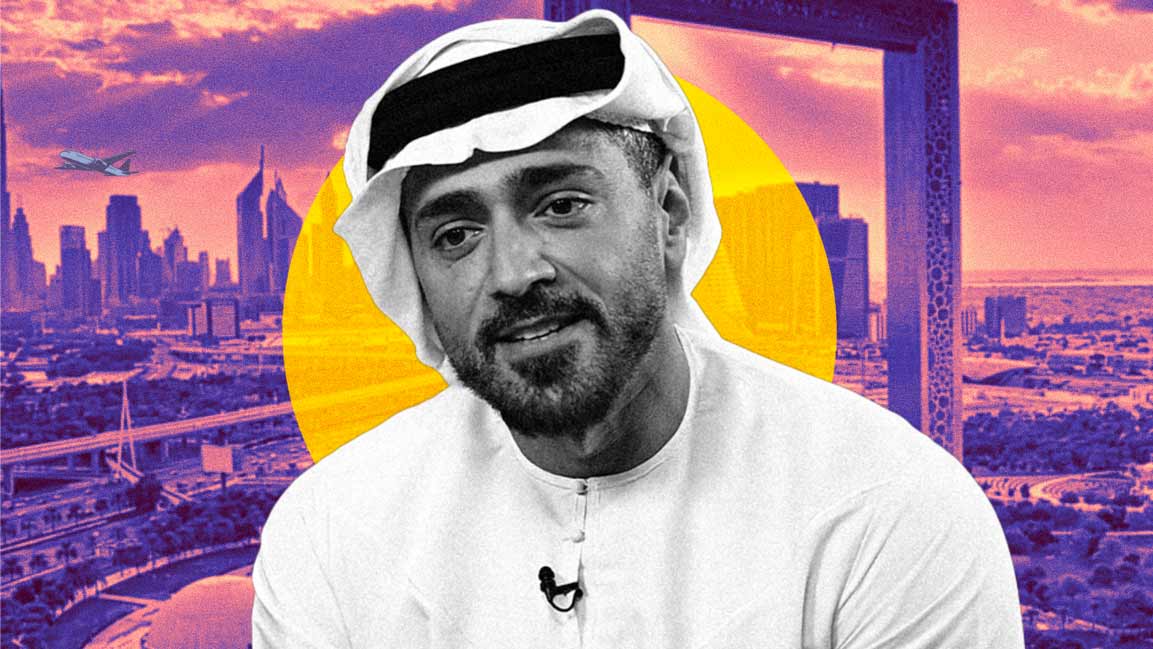
Dubai’s pre-pandemic tourism strategy was evident in its headline-grabbing milestones: the world’s largest observation wheel, the longest driverless metro system, the world’s largest frame, the world’s most complicated (and beautiful) building, the greatest show in the world, to name a few, claiming its stakes among the most popular, most livable and favorite destinations in the world.
Additionally, its diverse population ranked it among the most tolerant globally. Investment in technology, innovation, and sustainability rerouted its oil-dependent economy. In 2019, a record 16.73 million tourists, nearly twice the size of New York City’s population, visited Dubai. January and February 2020 recorded a 4.2% growth in tourism, a milestone in the ever-ambitious goal to be the most visited city in the world. The same year, in March, Dubai closed its borders as a pandemic-induced lockdown drew upon the world, halting trade, tourism, and business activities.
The aim to be the world’s most visited place — a sought-after status at the heart of Dubai’s tourism and trade efforts — involved a counterintuitive approach.
LEVERAGING A HUMANE APPEAL
“Rather than disconnect from the world, we continued our dialogue using every digital platform to engage with our clientele, telling them to stay home and stay safe while we discover further what will happen,” says Issam Kazim, CEO, Dubai Corporation for Tourism and Commerce Marketing (DCTCM).
The strategy was to connect with millions of people’s emotions – frustration, fear, and depression. Dubai Tourism analyzed the sentiment online to leverage an effective campaign. “We started showing beautiful images of Dubai. Places that people were familiar with, like highways and beaches, but empty,” says Kazim. While this struck a chord, the aim was to communicate “till we meet again, let’s focus on our health and look at the beautiful opportunities.”
As the pandemic dragged on, the itch to travel started making a comeback – the pent-up demand to travel as freely as can be under restrictions and regulations. “We immediately rode on that wave and created a follow-up. It was a more playful take on the frustration people were experiencing. We started to show pictures of people practicing golf in their living room while empty golf courses were perfectly manicured with the message: ‘Ready when you are,’” Kazim adds.
Dialogue sparked and drove engagement while ensuring an uptick in the search for Dubai, which is vital to remain a popular destination.
Efforts to revive tourism and trade staggered through the pandemic. In the first stage, Dubai Tourism worked closely with countries on the Green Corridor list and slowly ramped up messaging to ensure that more countries understood the safety measures in the UAE. “We’ve been able to update our means of utilizing platforms and channels, serving content relevant to key audiences and delivered to them in a meaningful way,” Kazim says.
Dubai is diverse, and promoting it in a way that does justice needs a nuanced approach. “Our messaging is bespoke and isn’t a broad brush stroke because of Dubai’s colorful variety. We need to ensure it is done correctly without any disservice to its essence.”
GATEWAY TO GO GLOBAL
A spike in the numbers of people operating remotely out of Dubai presented an opportunity to introduce remote working visas and launch a freelance working program within the emirate. Whether for the design and consulting industry or for entrepreneurs and businesses, the city emerged as a “no brainer” for tourists working remotely.
The focus to attract tourists for leisure, business, and events remained constant. The pandemic didn’t alter this focus but expanded the emphasis to harness the livability aspect of the city. “We have about 200 different nationalities that make up more than 80% of the population; they contribute to the VFR (visiting friends and relatives) aspect of tourism. By proving Dubai is a great place to live, talent has flocked to the city on a one-year basis for remote or freelance work. Some seek to capitalize on the Golden Visa. Engineers, high-achieving students, doctors, and professors now have a chance to become permanent residents. These mechanisms attract events and meetings into the city,” says Kazim.
A nerve center of the Middle East, Dubai has always been a place where people launch their careers and see it as a gateway to going global. Geography has a significant role to play in the perception of the city. Within Dubai’s four-hour flight radius lies one-third of the world’s population; an eight-hour flight radius lies two-thirds, exemplifying the city’s accessibility. “The ease of coming here and using Dubai as a first-gate opportunity to interact with the community is something we are continuously leveraging and promoting. In the future, we will see many more people coming in and announcing their work and achievements here,” says Kazim.
Dubai Tourism’s pointed efforts to revive activity have a positive economic impact. “We’re talking about tourists who come for leisure, business, and events and the impact on the hotel industry. For events, malls and venues are booked – from MICE to Expo 2020 Dubai. For more niche events, and destination weddings, Dubai is becoming extremely popular. So, the impact of what we’re doing from a tourism perspective is varied and touches every industry segment.”
BEYOND DUBAI’S AMBITIOUS TOURISM GOALS
At one point, Dubai’s hotel industry had only 68,000 rooms, and today there are over 139,000 hotel rooms, with more in the pipeline. “There’s a variety of options tourists can avail from 5-star to 3-star hotels. But what makes Dubai different is its ability to maintain the service that people expect from the city regardless of the star, which indicates the private sector’s contribution to the vision of becoming a city that everyone seeks to visit.”
“When you look at all the different touchpoints of Dubai’s tourism sector and the attractions – amusement parks, excursions, restaurants, health, and wellness, you can see the big impact on the GDP,” he adds.
Dubai leveraged technology, for instance, by launching a new app to ensure people could travel only for emergencies and was among the first countries to open borders globally in June 2020. In October 2021, the city hosted Expo 2020 Dubai with 192 nations and a footfall of 25 million visitors, a testament to Dubai Tourism’s efforts to continue business and trade without undermining public safety and health.
Meanwhile, Dubai’s ever-ambitious goal to be the world’s most visited city continues with new hotels and restaurants coming up every day, dotting Bluewaters Island and Dubai Harbor’s ever-evolving landscape. The city will never fall short of attractions and experiences, says Kazim, joking how sometimes he fails to keep abreast of the newest attractions in town.
“If you look at the evolution of what’s new, we have Ain Dubai, Dubai Frame, Museum of the Future,” says Kazim. The Dubai 2040 Urban Master Plan recently announced a comprehensive plan for sustainable urban development in Dubai.
Despite countless rankings under its belt, one metric fortifies Dubai’s position as a global destination for citizens, residents, and visitors. “Today, Dubai is among the highest in repeat visitation – 25% of tourists are repeat visitors. It is a metric we’re very proud of because it shows people love what they see, enjoy what they see, and keep coming back for more,” Kazim says.











